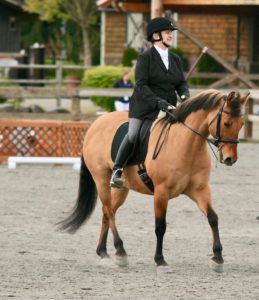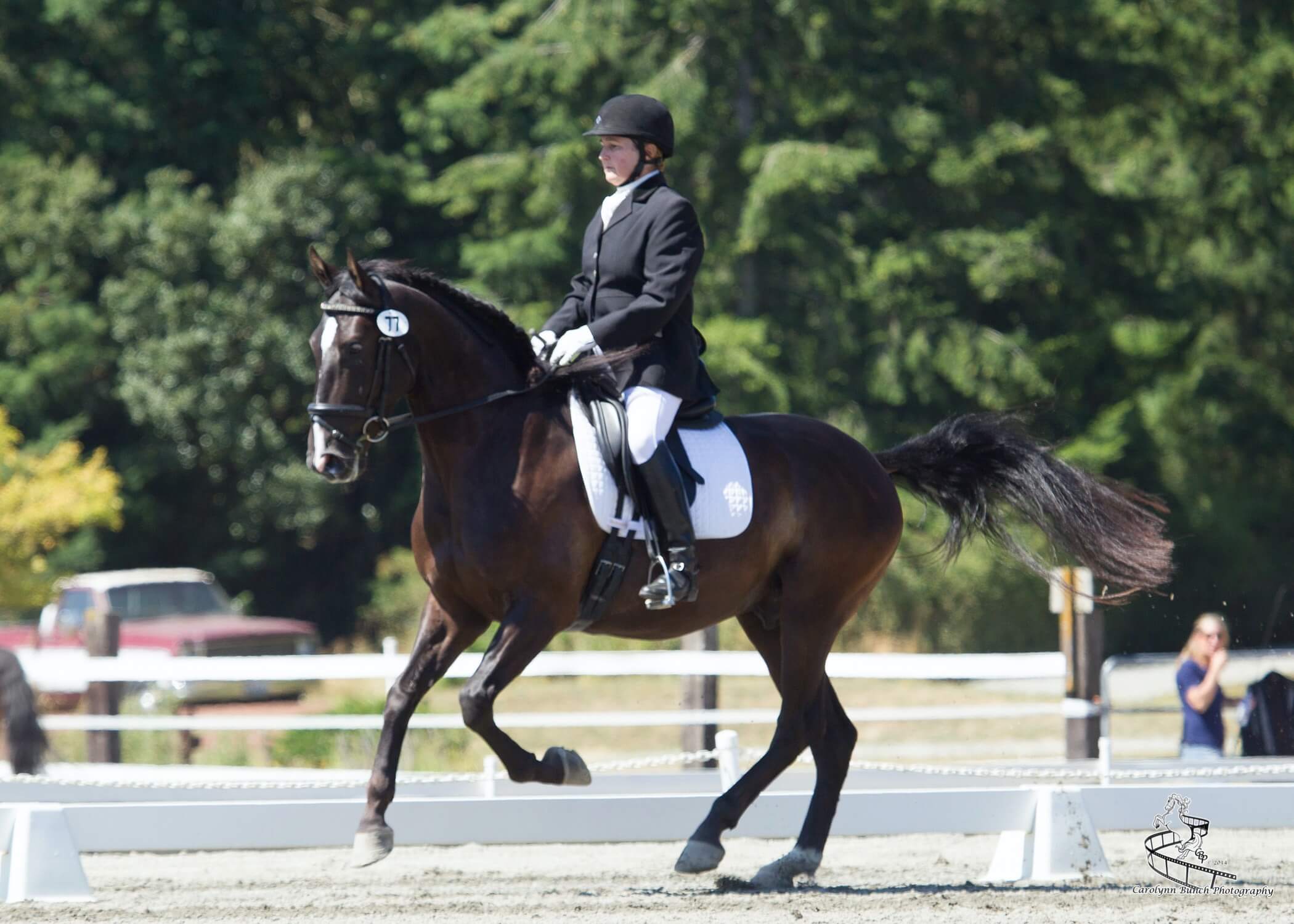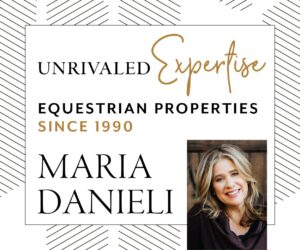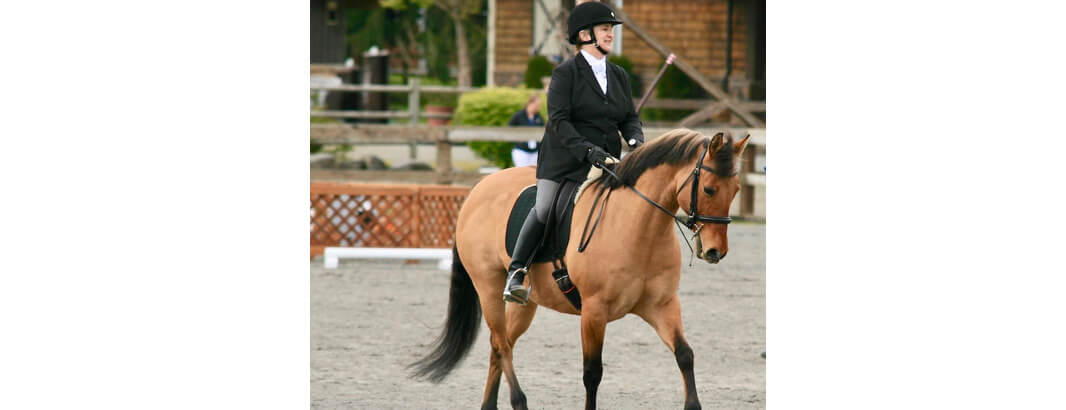What’s Inside a Performance Horse is Most Significant
By Kim Roe
Not long ago I was scrolling through Facebook and found an article by Rachael Turner in Horse & Hound Magazine. The story was about a 13’3” hand pony eventing at the upper levels in Australia. The pony, Lakevale Toyman (Tommy), belongs to rider Jackie Wright, who purchased Tommy to be a companion for another horse. Wright soon discovered Tommy’s outstanding desire and ability to jump. Along with the article was a video of Tommy and Jackie devouring an upper-level cross-country course. Tommy’s expression moved me to tears. He was having a wonderful time – ears up, eyes wide open––he never falters. He’s a jumping machine. Tommy doesn’t know (or care) that he’s tiny and not what most people would consider appropriate for a three-day event horse.
Defining what makes a great performance horse physically isn’t too difficult. We look for long legs, sloping shoulders, strong backs, and straight legs. Humans have been perfecting bloodlines for certain jobs for centuries. But what’s inside the horse, his heart, can be much harder to know. I find myself intrigued by horses that don’t fit the mold.
I own a chunky, 14’3” hand, foundation-bred quarter horse, Gunner, who seems to be surprisingly talented at dressage. Though I have no plans to compete him in dressage at the A level, I enjoy feeling him become a more supple, confident riding horse through his dressage work. His previous career as a barrel horse couldn’t be further from what I’m currently asking him to do, but his natural forwardness and immense “try” make him a really fun little dressage pony. Once a chronic shyer, the slow work and precision of dressage is good for his 16-year-old body and the patterns keep his smart, working-horse brain busy. He seems to enjoy the partnership that dressage demands.

I love working with a horse that wants to do the job I’m asking him to do, even if he wasn’t bred for that kind of work. I don’t have any fantasies of making Gunner into a Grand Prix horse, but we did go to a little schooling show and come home with a good score and a blue ribbon recently––a success in our own small way.
I hope you enjoy our issue this month with its emphasis on performance horses. I hope you all ride a horse that loves to do his job, whatever that might be. [email protected]

Kim Roe grew up riding on the family ranch and competed in Western rail classes, trail horse, reining, working cow, and hunter/jumper. She trained her first horse for money at 12 years old, starting a pony for a neighbor.
Kim has been a professional dressage instructor in Washington state for over 30 years, training hundreds of horses and students through the levels. In recent years Kim has become involved in Working Equitation and is a small ‘r’ Working Equitation judge with WE United.
Kim is the editor of the Northwest Horse Source Magazine, and also a writer, photographer, and poet. She owns and manages Blue Gate Farm in Deming, Washington where she continues to be passionate about helping horses and riders in many disciplines.






